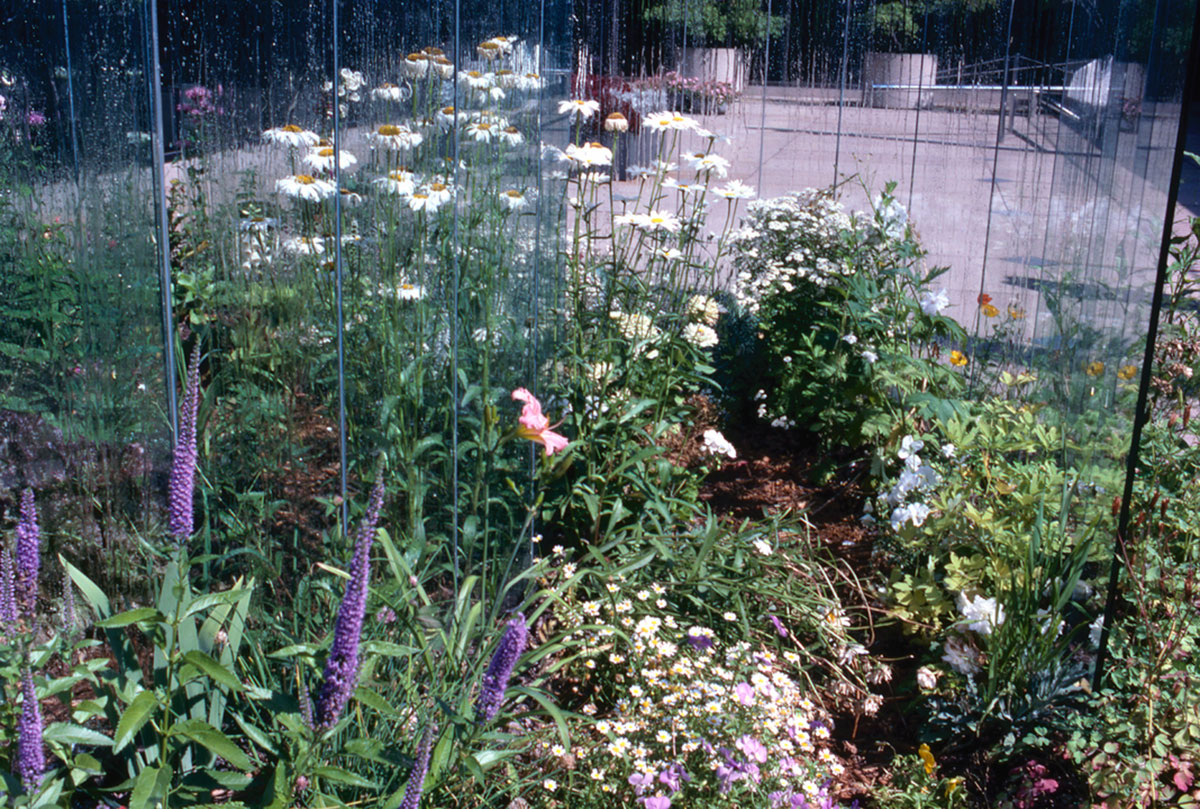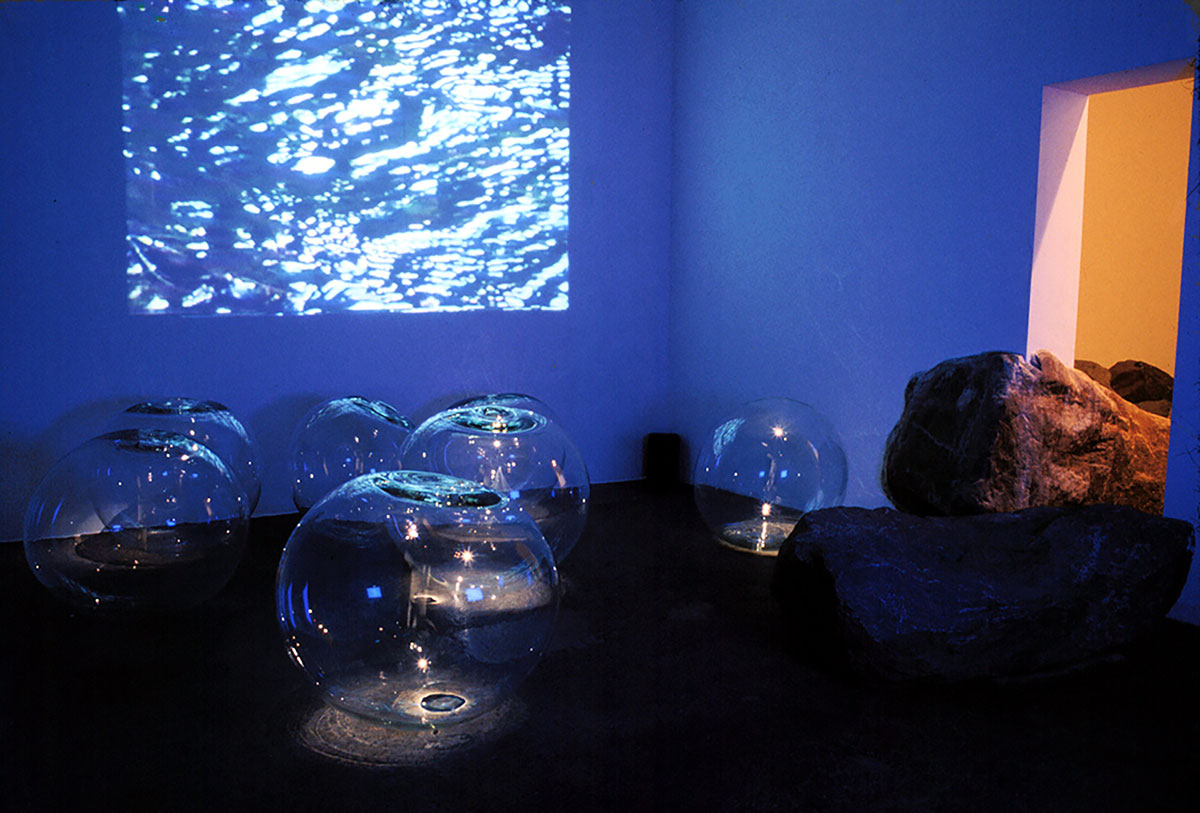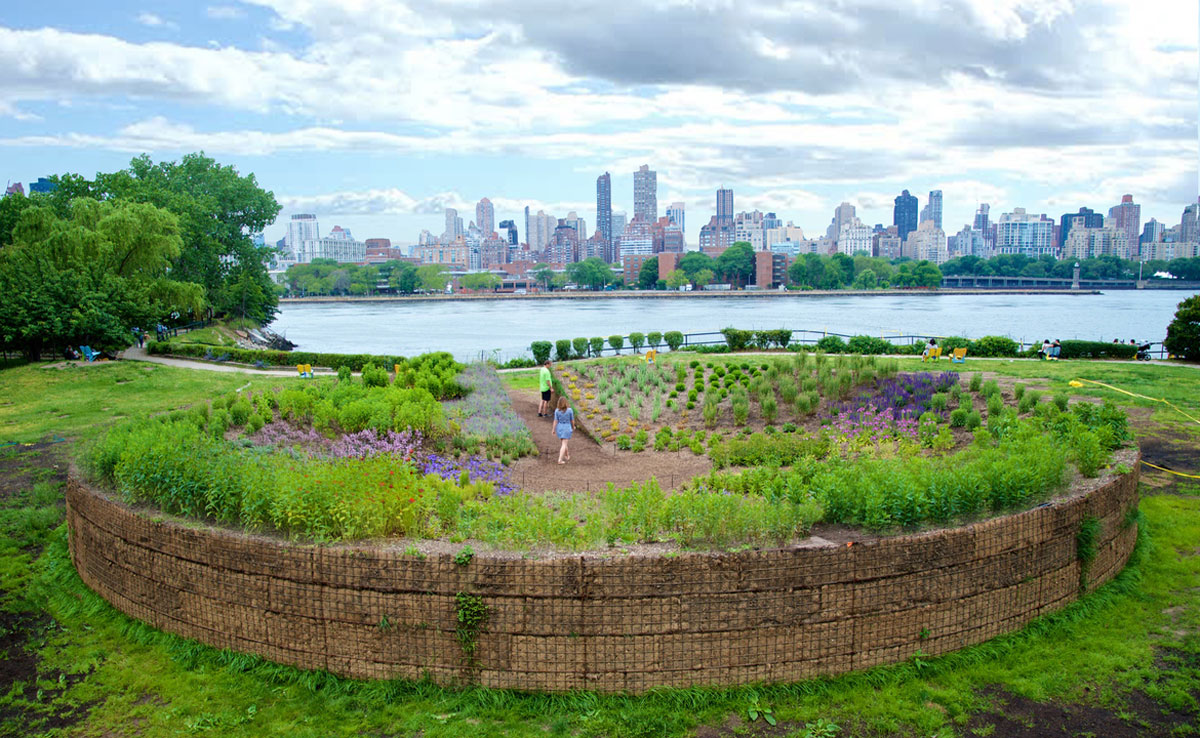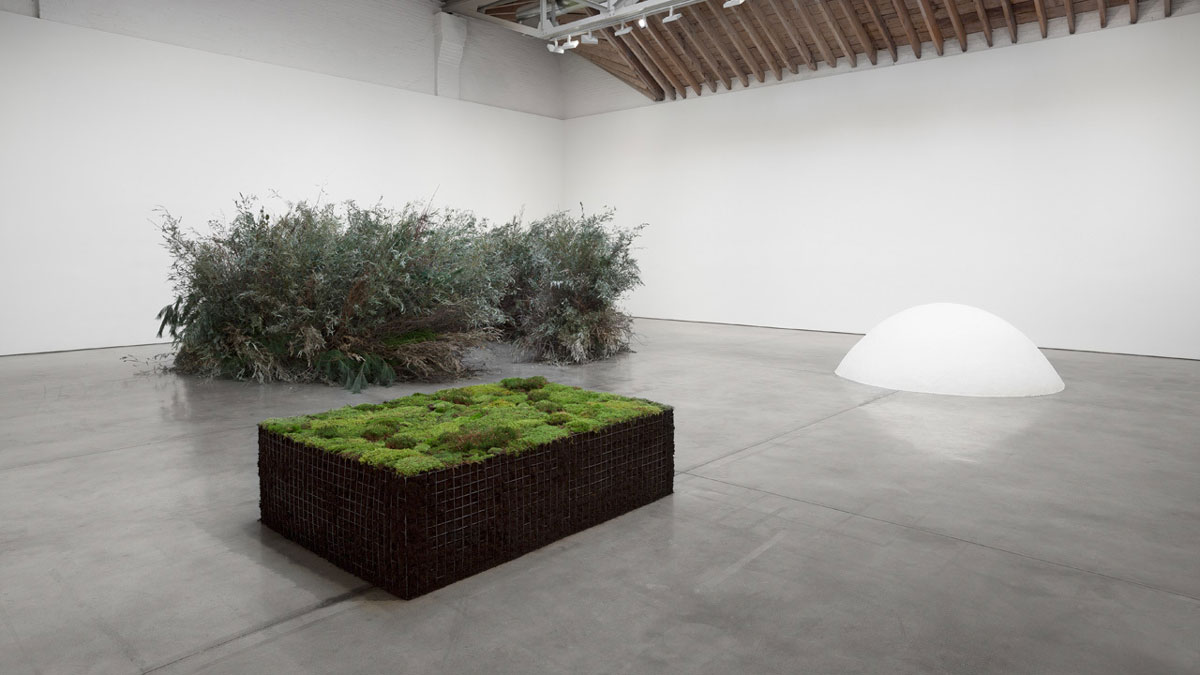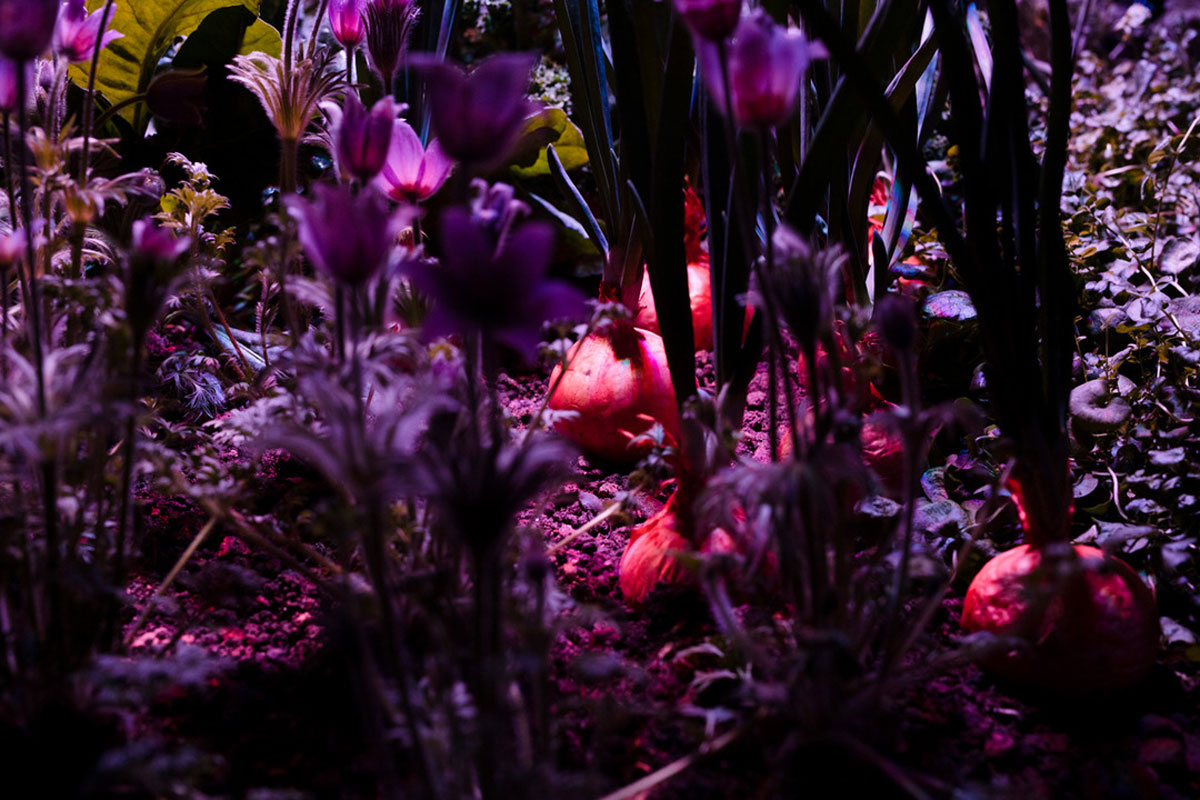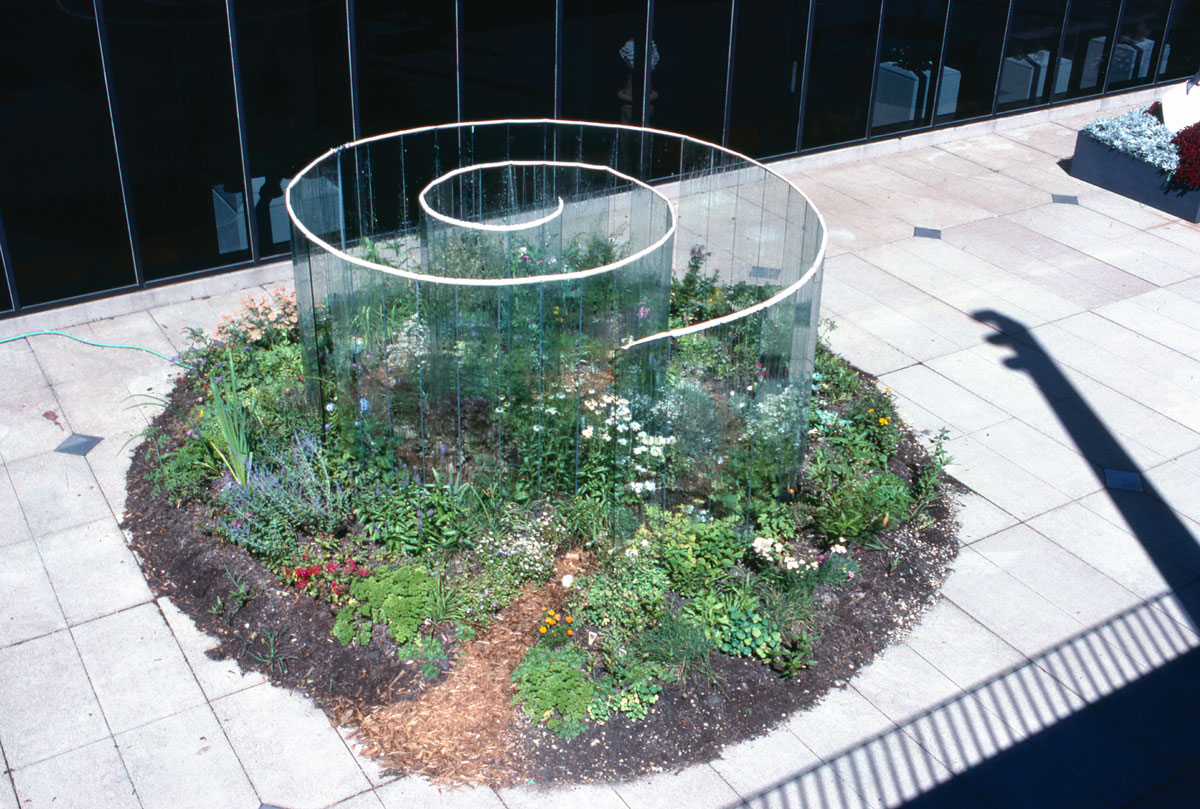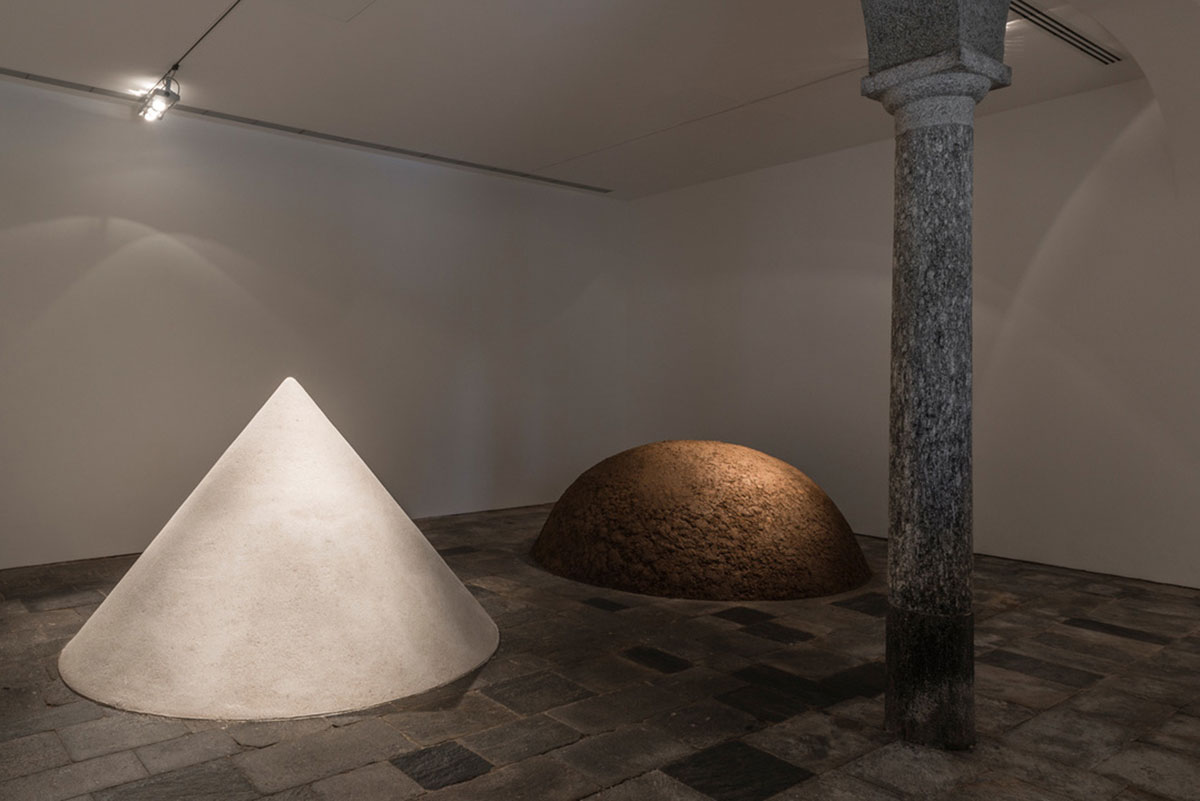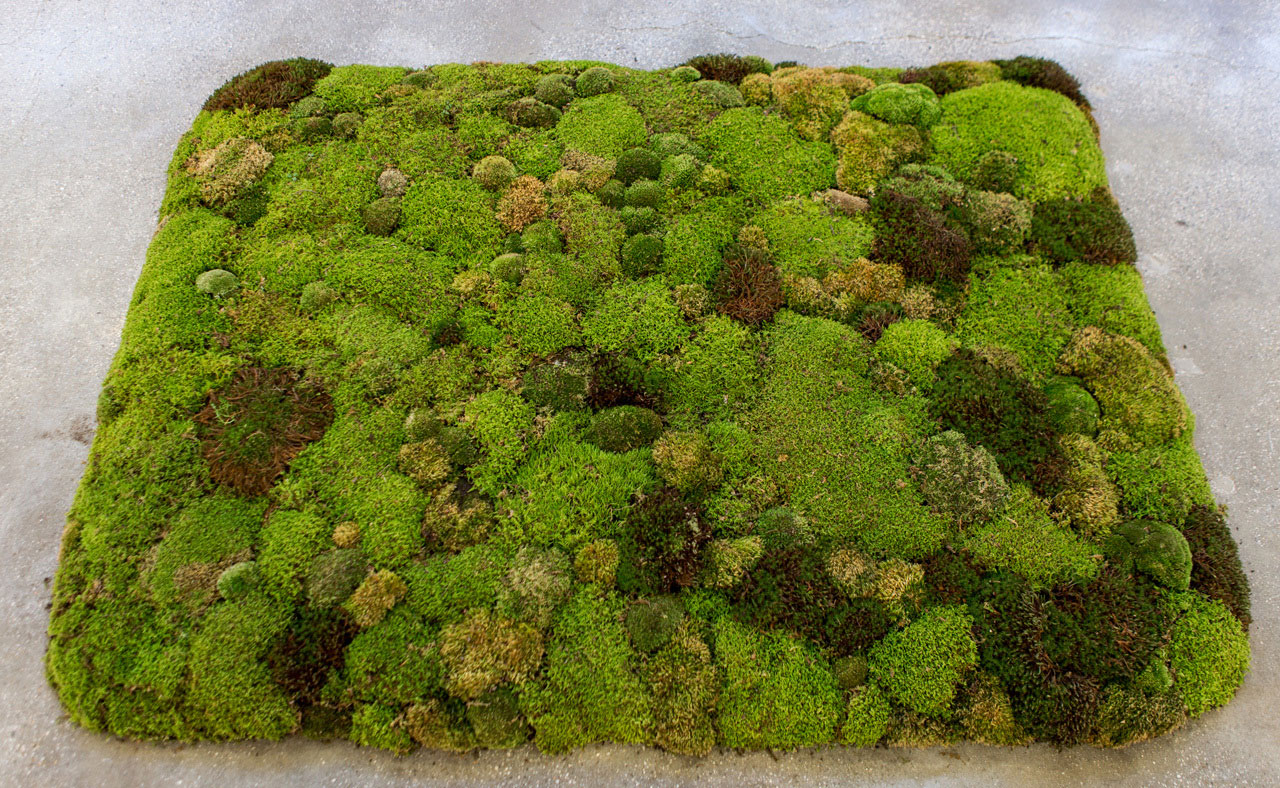ART CITIES:N.York-Meg Webster
 Meg Webster’s practice as a sculptor has long been guided by an environmentalist imperative to celebrate and take account of the natural world. Often working with natural materials, both organic and inorganic, Webster creates simple geometric forms on a human scale, as well as larger installations that engage the surrounding ecosystem and the local community. In style, Webster’s work bridges the conceptual vision of Land Art and the formal vocabulary of Minimalism, with a nod to the utopian ideals of early garden design and urban landscaping.
Meg Webster’s practice as a sculptor has long been guided by an environmentalist imperative to celebrate and take account of the natural world. Often working with natural materials, both organic and inorganic, Webster creates simple geometric forms on a human scale, as well as larger installations that engage the surrounding ecosystem and the local community. In style, Webster’s work bridges the conceptual vision of Land Art and the formal vocabulary of Minimalism, with a nod to the utopian ideals of early garden design and urban landscaping.
By Dimitris Lempesis
Photo: Lower Manhattan Cultural Council Archive
Comprised of both newly commissioned works and a selection of pieces drawn from across Meg Webster’s career from 1989 to the present, the exhibition “Wave” continues the artist’s sustained and unwavering commitment to nature. Meg Webster’s unique visual language takes shape at the nexus between the formal vocabulary of Minimalism and the conceptual vision of Land Art. In the exhibition , forms are distilled into archetypal structures, setting a stage onto which natural materials of peat, seeds and their resulting flowering plants, moss and glass are in dialogue. The physicality of the works grounds the viewer and directs them through space while the organic materials grow, evolve and create sites of constant happening—connecting the natural microcosms in the gallery with the larger interconnected realities of the natural world beyond. In “Waterfall (Houston Brook Falls)“ (1996), we see projected a race of water over rock slowly pummeled into form, a momentary union of elements only ever to be repeated through this chance recording. Standing before this waterfall, we encounter “Largest Blown Spheres” (1987), a group of five blown glass orbs which are as large as can be made without artificial means, using human breath and balancing the large mass of glass on the blowing pipe. “Growing Piece”: While presenting the viewer with a range of pollinating plants and flowers at different stages of early growth, this work also functions as an active nursery; throughout the season, plants will be transplanted to the GrowNYC Teaching Garden on Governors Island to create the Pollinating Garden. Central to this work are human expressions of care and maintenance, grom the stratification of the seeds, to the initial planting in trays, to the Visitor Engagement Associate’s watering and the use of grow light technology. In the audio work “Nearest Virgin Forest (Hutcheson Memorial Forest)”, the sound of birds and other wild-life filtering through the gallery is an unedited recording taken in the Hutcheson Memorial Forest. Protected and administered by Rutgers University, the Hutcheson Memorial Forest Center consists of the 26 ha Mettler’s Woods, the primeval, mixed oak forest that is one of the last uncut stands of this sort of forest in the United States. The recording imbues the exhibition with hundreds of years of natural history, placing the individual’s moment of interaction with the work within the larger ecological cycles of existence.
Photo: Meg Webster, Concave Room for Bees, 2016, a site-specific installation 70 feet in diameter created from over 300 cubic yards of soil forming an earthen bowl 5 feet high planted with flowers, herbs and shrubs that attract pollinating creatures, Socrates Sculpture Park, New York, 2016, © Meg Webster, Courtesy the artist and Paula Cooper Gallery
Info: Curator: Alice Russotti , The Arts Center at Governors Island, 110 Andes Rd, Building 110 at Soissons Landing, New York, USA, Duration: 12/6-31/10/2021, Days & Hours: Thu-Sun 12:00-17:00, https://lmcc.net
